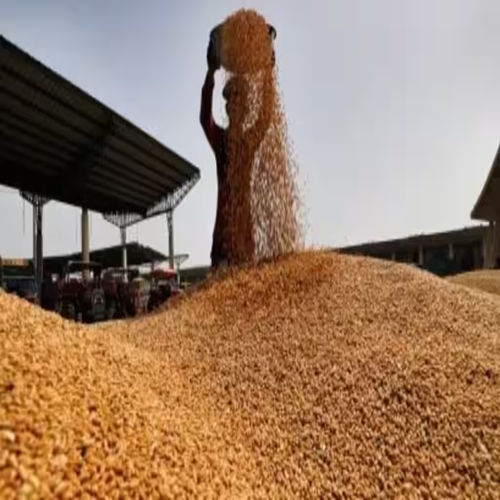Maize production boosted by above-average rainfall, but experts caution

Most counties that were affected by a ravaging drought last year have reported a slight improvement in food and nutrition security due to the March-April-May long rains and the October-November-December short rain season last year.
An assessment report by the Kenya Food Security Steering Group (KFSSG) and the Agriculture Ministry expects the 2023 national maize production to be 4.2 million tonnes, 15-20 percent above the five-year average.
The report highlights that despite the high and medium rainfall areas of western Kenya and Rift Valley having near average-to-average production, Kenya remains a maize deficit country requiring about 356,000 metric tonnes of maize imports per year, whose prices are dictated by drivers at both local and regional levels.
“From October 2023, prices were on a downward trend in both urban and rural markets driven by available local long rains harvests from the high and medium rainfall areas and cross-border imports, which drove the prices to levels below 2023 prices. However, prices remain above the five-year averages,” KFSSG said.
The findings also show that staple food prices across the arid and semi-arid lands (Asals) remain high due to low opening stocks, high demand, high production and marketing costs, and the depreciation of the Kenya shilling.
The high prices, according to the experts, were also influenced by a slight drop in production in Tanzania and Uganda in 2023, which tightened supplies in the East Africa region, raising prices further.
KFSSG went ahead to explain that last year in Lamu County for example, substantial crop losses were observed, particularly in tomatoes, which registered a 36 percent yield decrease due to fungal diseases and pest attacks, notably Tuta absoluta– a highly destructive insect pest to tomato plants and fruit and is also reported to infest other plants.
Similarly, kales also suffered a 70 percent yield reduction, partially due to infestation by the diamondback moth. Also, a Fall Armyworm infestation occurred in Kwale County’s livestock farming livelihood zone, leading to reduced production despite applied control measures.
The national bean production is estimated to be 0.93 million metric tonnes, which is within the average.
However, there is still a high number of households in dire need of humanitarian assistance.
Source Link : https://www.businessdailyafrica.com/bd/markets/commodities/maize-production-boosted-by-above-average-rainfall–4560184
















